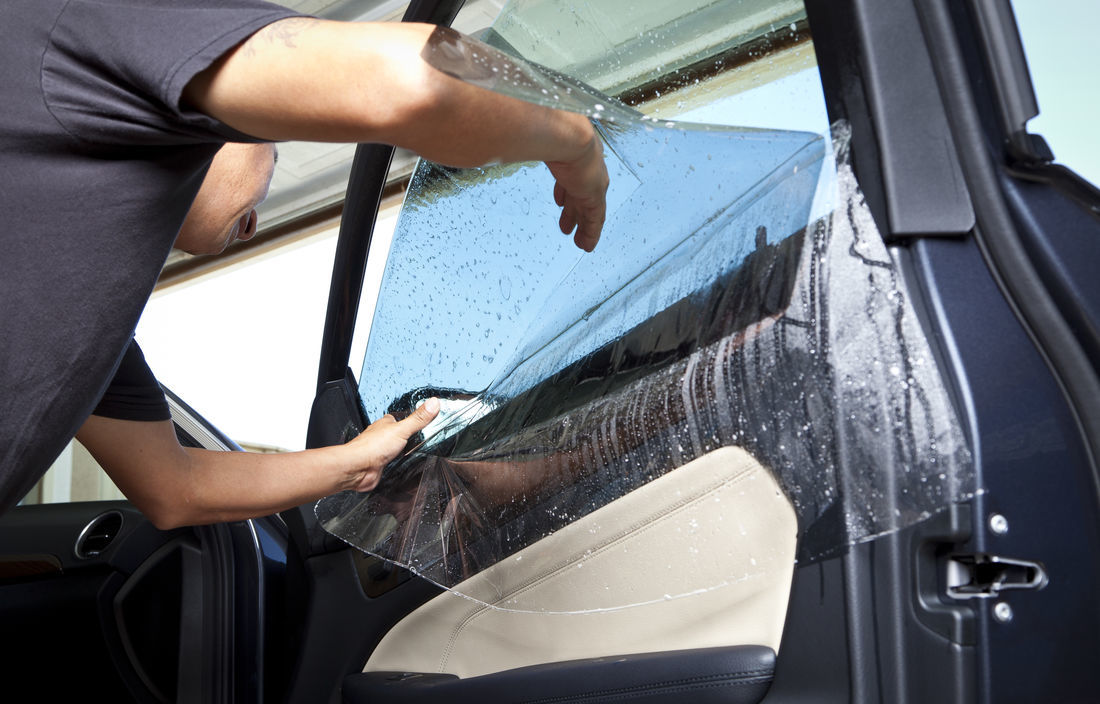Did you know that applying vehicle tinting to your home or office windows could actually make the glass shatter? This alarming fact highlights the reality that vehicle and architectural tints are actually quite different products. Let's take a look at the key differences and the similarities.
Firstly, what do Vehicle Tinting and Architectural Tinting have in Common?
It's important to note there are many different types of both vehicle tinting and architectural tinting. For instance with your car alone you can select from metalized, hybrid, carbon, crystalline and more. Different products have different purposes and strengths, but generally speaking architectural and vehicle tinting share common purposes including:
- To reduce heat and glare
- To reduce UV exposure
- To provide privacy
- To lower energy costs
- To increase the strength of the glass so as to provide additional robbery protection
- To create an appealing aesthetic
Despite sharing many common purposes, vehicle and architectural tints have some very important differences in how they function.
How Vehicle and Architectural Tints Function Differently
Shrinkage - As we mentioned at the start, vehicle tints should never be applied to home or office windows as they may shatter. This is because vehicle tints possess heat shrinking properties so that they can adhere perfectly to the curvature of car windows. Architectural tints are designed to be applied to perfectly flat surfaces and therefore do not have any shrinkage properties
Temperature Control - Because homes and offices are designed to be stationary and cars are designed to move, the way in which temperature control is managed through tinting is very different in each case.
In the hotter parts of Australia, most people install architectural tints to help keep their home cool (and subsequently their air conditioning costs down). Architectural tints are designed to reflect the sun's heat thus keeping your house cool. Interestingly they can also help keep out cold weather in winter too. Car tints in contrast are not designed to reflect heat- they actually absorb the heat from the sun. This design difference comes back to the fact that when people are in a car, they are generally moving; the heat stored in the windows is thus dissipated by the wind.
The Legal Difference - Another important difference between architectural and vehicle tints is what's allowed by law. With your home and office you can essentially apply any tint you like, as dark as you like, to prevent people from seeing inside your house.
This is not the case with cars. All Australian states have restrictions on vehicle tinting levels. In Victoria non-commercial vehicles with tinted windows must still allow 35% of natural light transmittance through all front windows. This is for safety reasons; to make sure drivers can still see out of their tinted windows at night time, and to ensure that other road users, and notably the police, can see in. Vehicle tints are also more limited in style and scope than architectural tints, again largely for safety reasons - for instance you can't get a frosted glass, reflective or coloured tint on your vehicle.
At Rays On Tinting we're committed to quality and only use window film products from world leaders: Solargard Saint-Gobain. Contact us today for all your window tinting needs.
